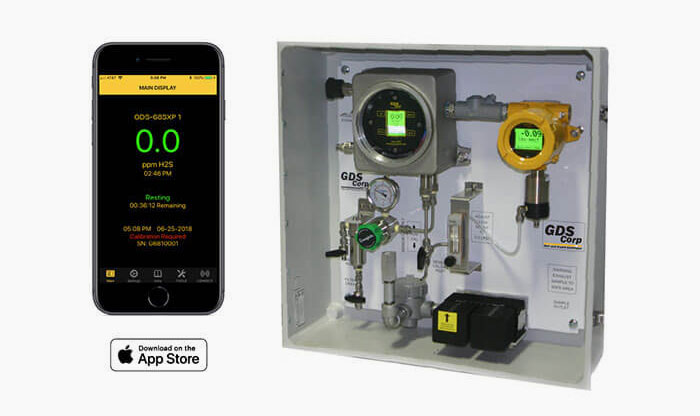Worried about persistent negative readings on your gas monitor? Or confused about a newly installed gas monitor that displays negative readings, when you didn’t face such an issue earlier? Read on to learn about negative readings on your gas monitor and what you can do about it.
Why Do Some Instruments Block Negative Readings?
If you have not come across a negative reading on your benzene monitor, it is probably likely that the manufacturers blocked the negative readings from getting displayed. When the gas concentration is negligent, the gas monitor will show zero reading, even if it is supposed to display a negative reading. This is done to avoid alarming users when there is a low level of gas in a facility, such that it will not cause any harm or danger.
Dave Wagner said in a recent article:
“Customers sometimes will say that they have never seen a negative reading on an instrument before but that they recently changed monitors and now seem to see them all the time. This observation is because some instruments block negative gas readings from appearing on the instrument display, showing all negative readings as zero.
This practice can serve to keep you from seeing and recognizing the hazards that exist.”
How To Avoid Negative Readings
If you find your gas monitor showing negative readings successively, you need to make a ‘fresh air adjustment.’ To do this effectively, get the instrument out in fresh air that is devoid of any contaminants and allow the sensors to get normalized. The time taken for this ‘warming up’ of the sensor varies for different types of sensors. While pellistor-type LEL sensors take 6-8 minutes to stabilize, electrochemical sensors can sometimes take up to an hour to stabilize.
According to a recent article:
“To avoid problems make sure the instrument is located in fresh air that does not contain measurable contaminants, and give the sensors time to stabilise completely before using the instrument or making a fresh air adjustment. Remember that stabilisation can sometimes take quite a bit of time. While pellistor type LEL sensors usually stabilise completely within 6 – 8 minutes, electrochemical sensors that have been exposed to certain interfering contaminants can sometimes take an hour or longer to clear completely.”
Then make the fresh air adjustment. This will help the sensor to detect even low concentration of gases effectively.
Seeing negative readings on your gas monitor? Know what you can do about it. Pay attention to rising gas readings and take appropriate steps to re-set the gas monitor. This will allow you to ensure safer working conditions at industrial facilities and chemical plants.

